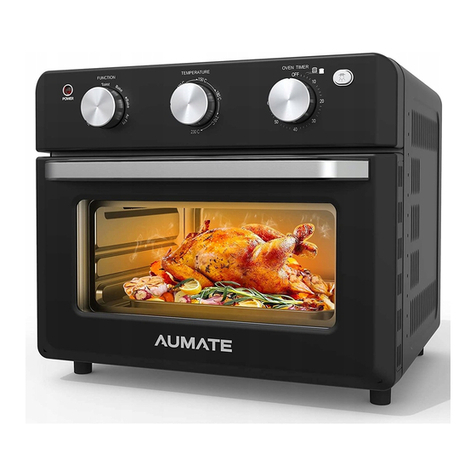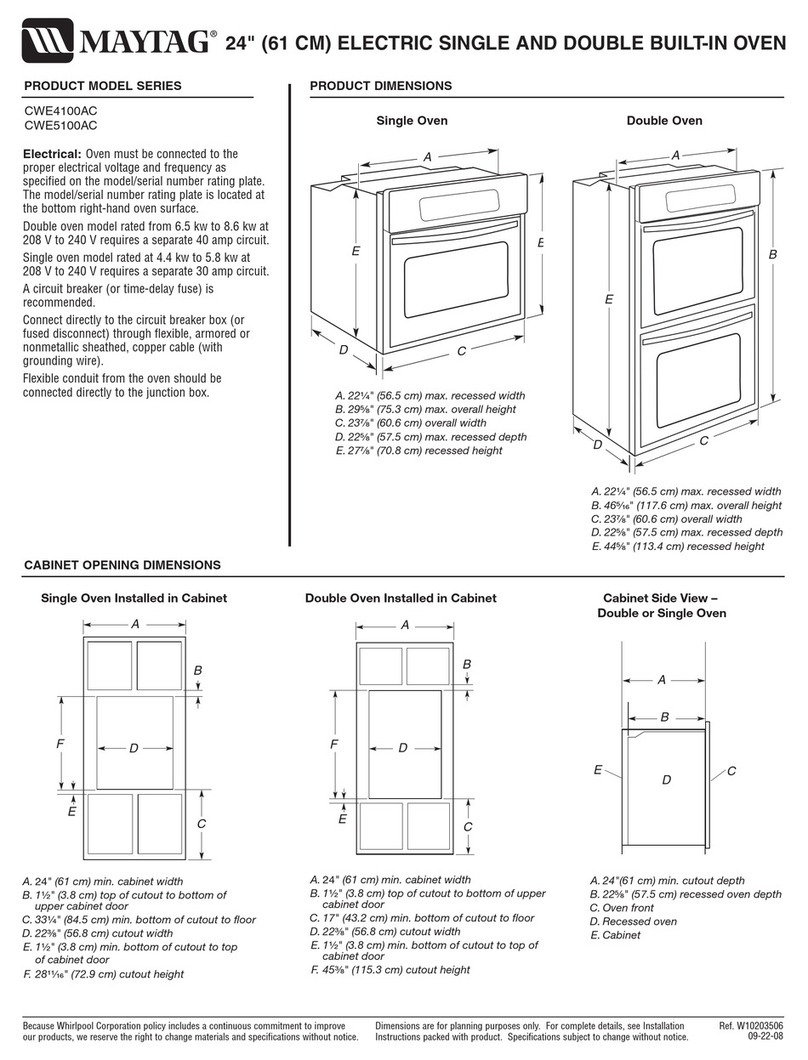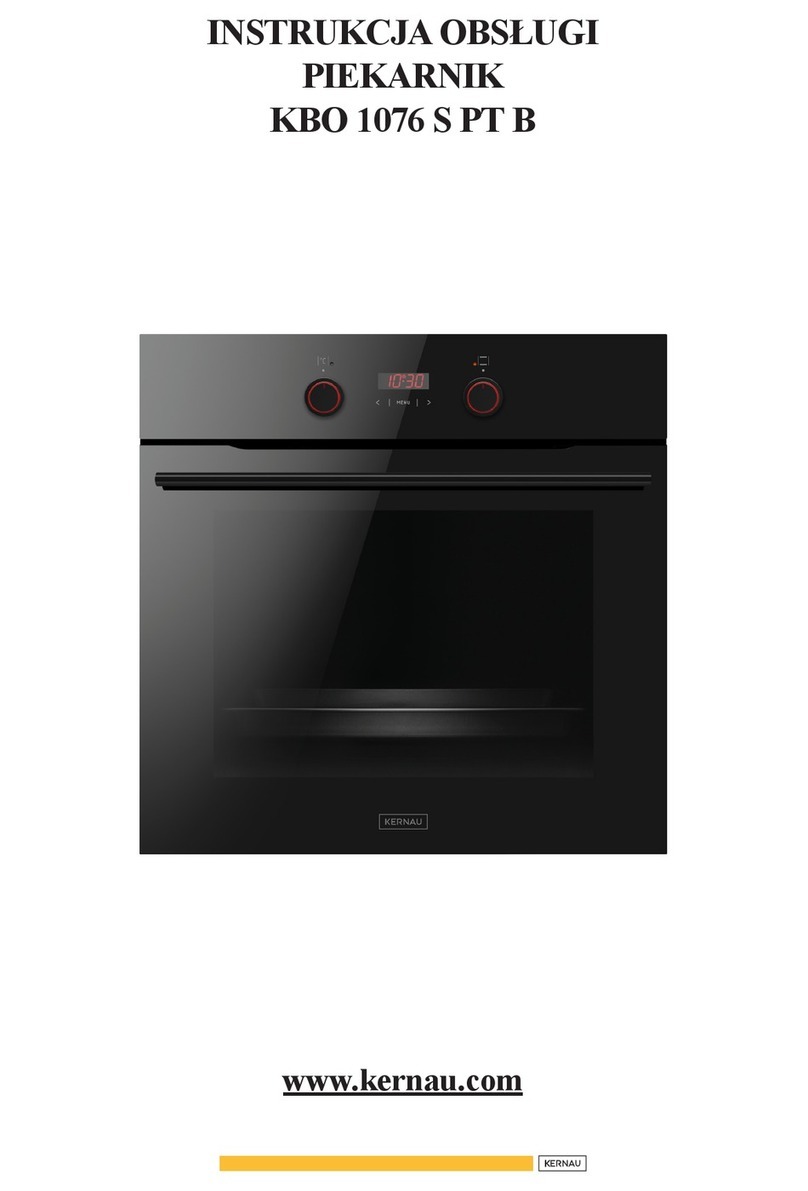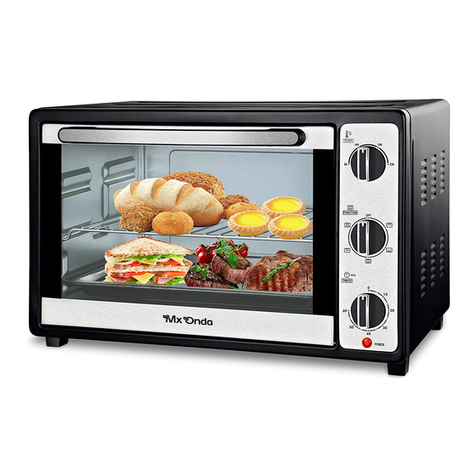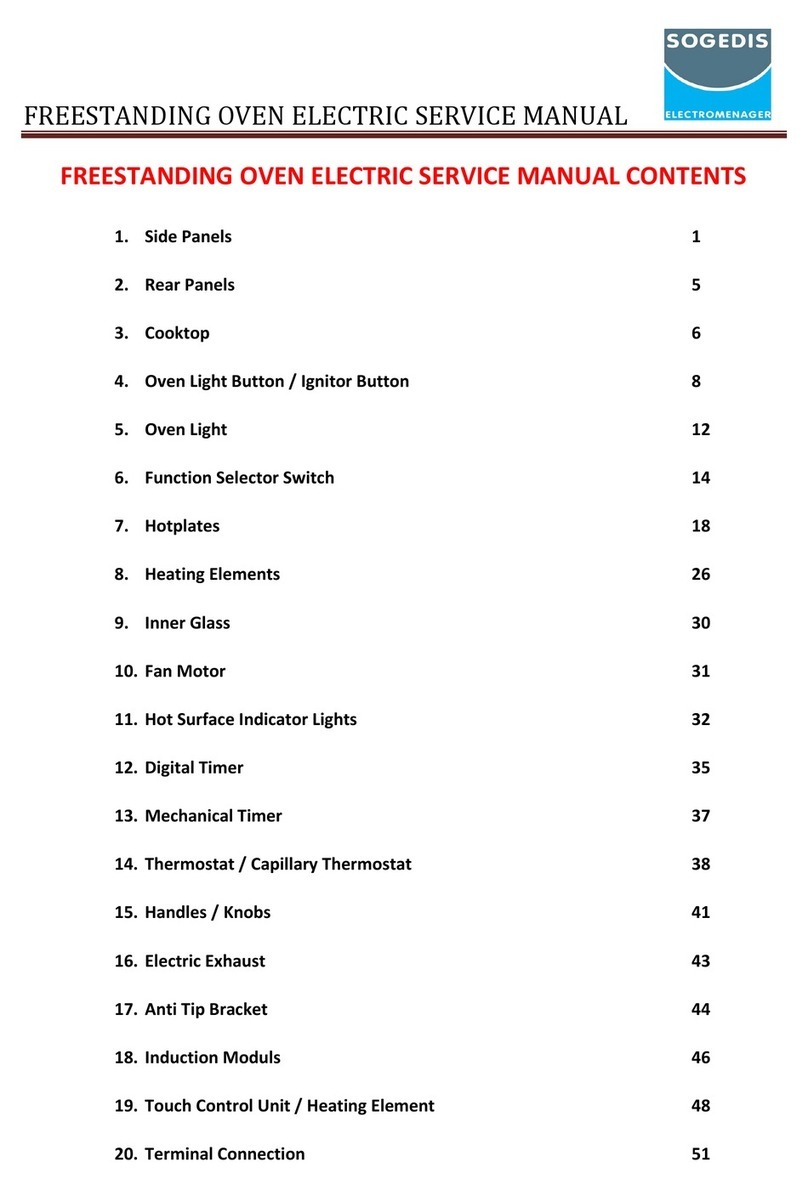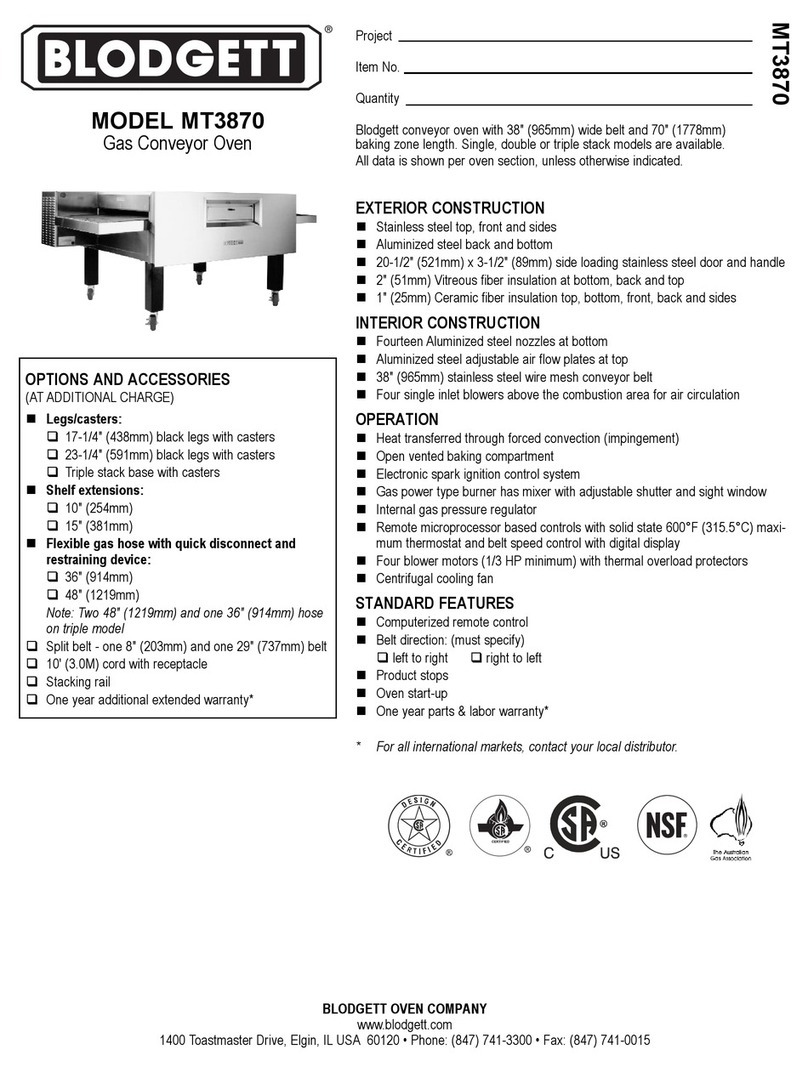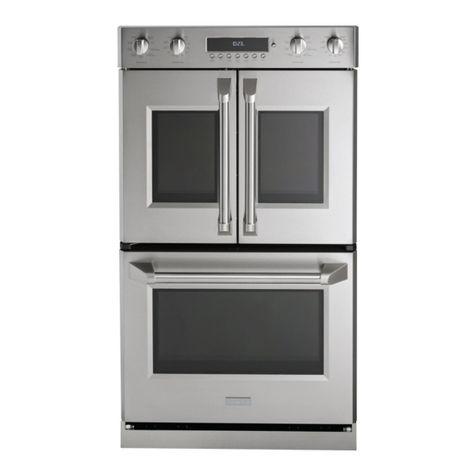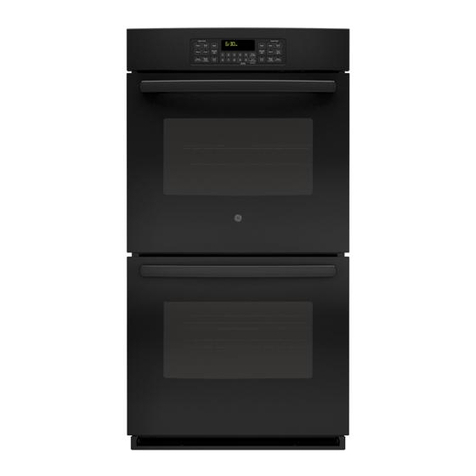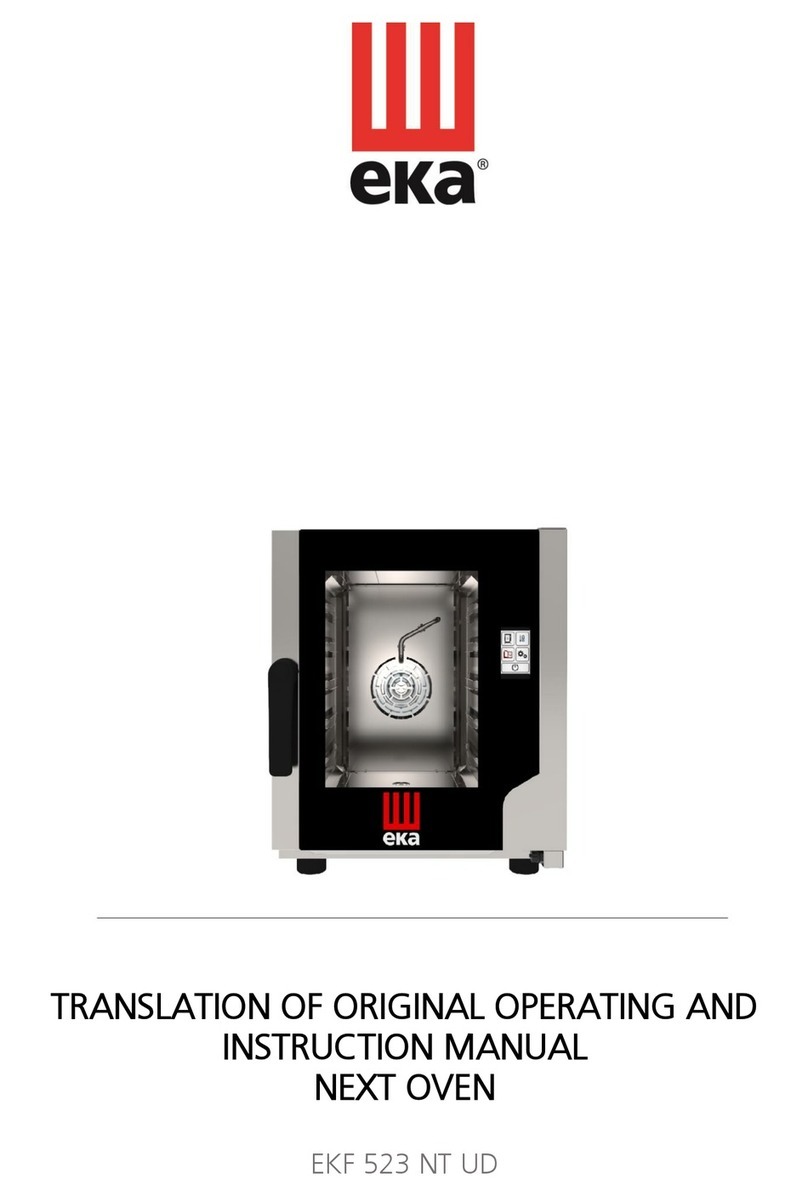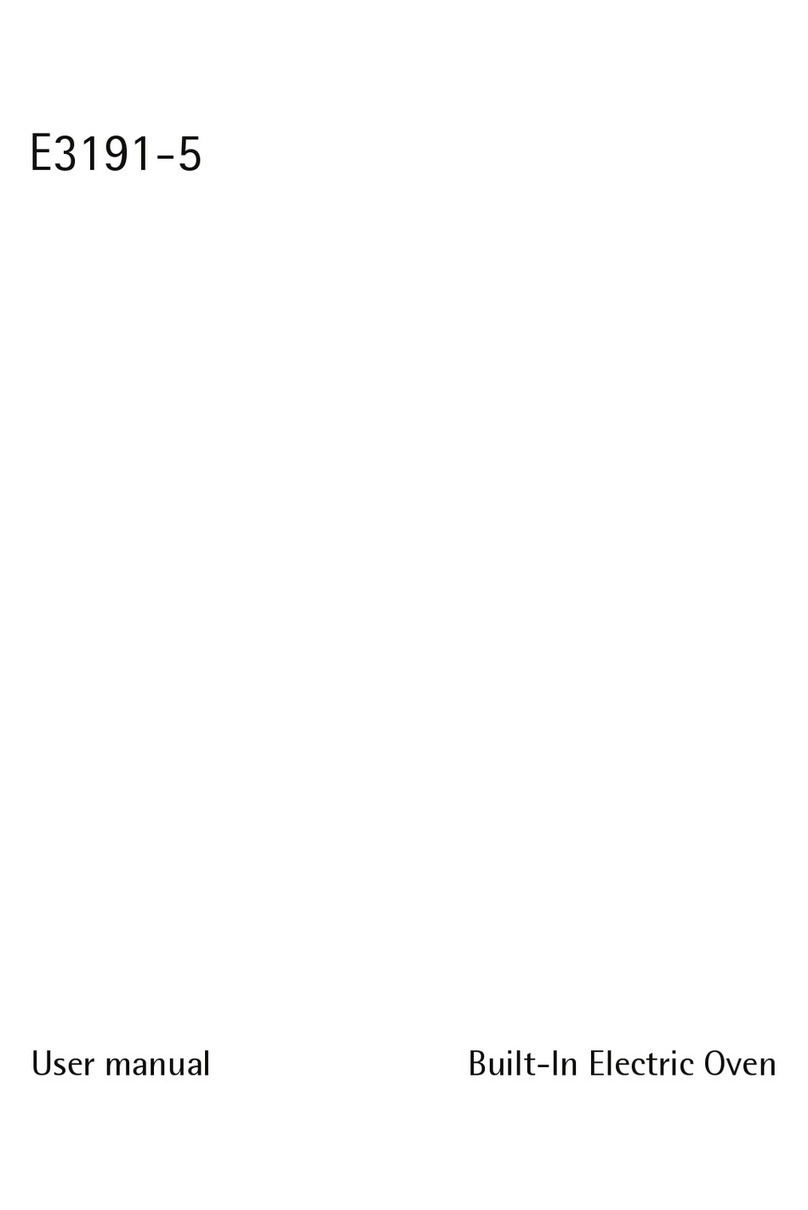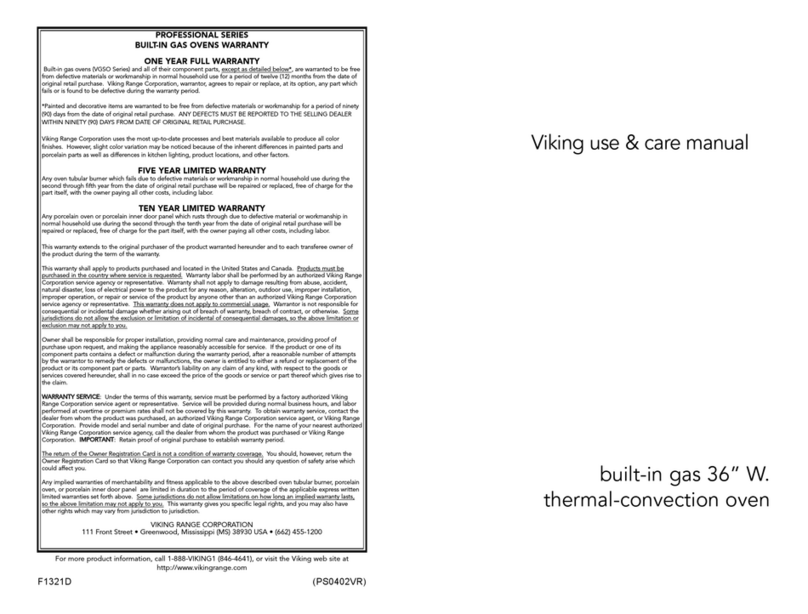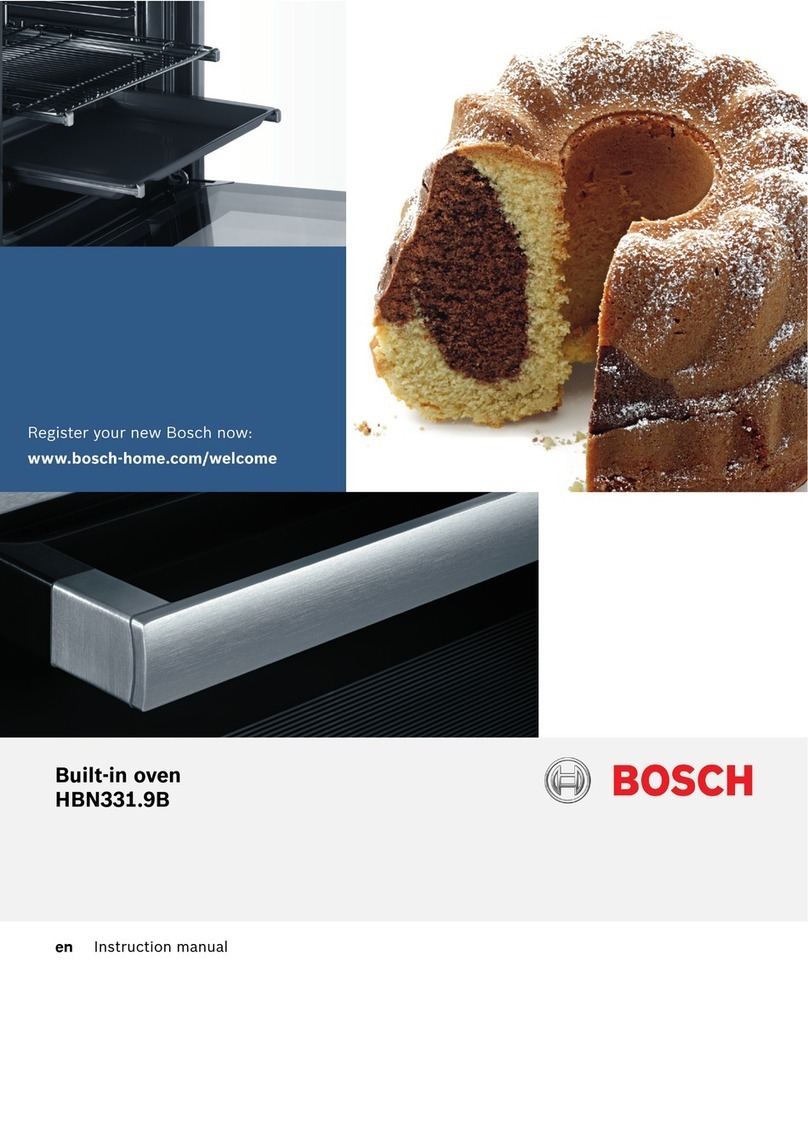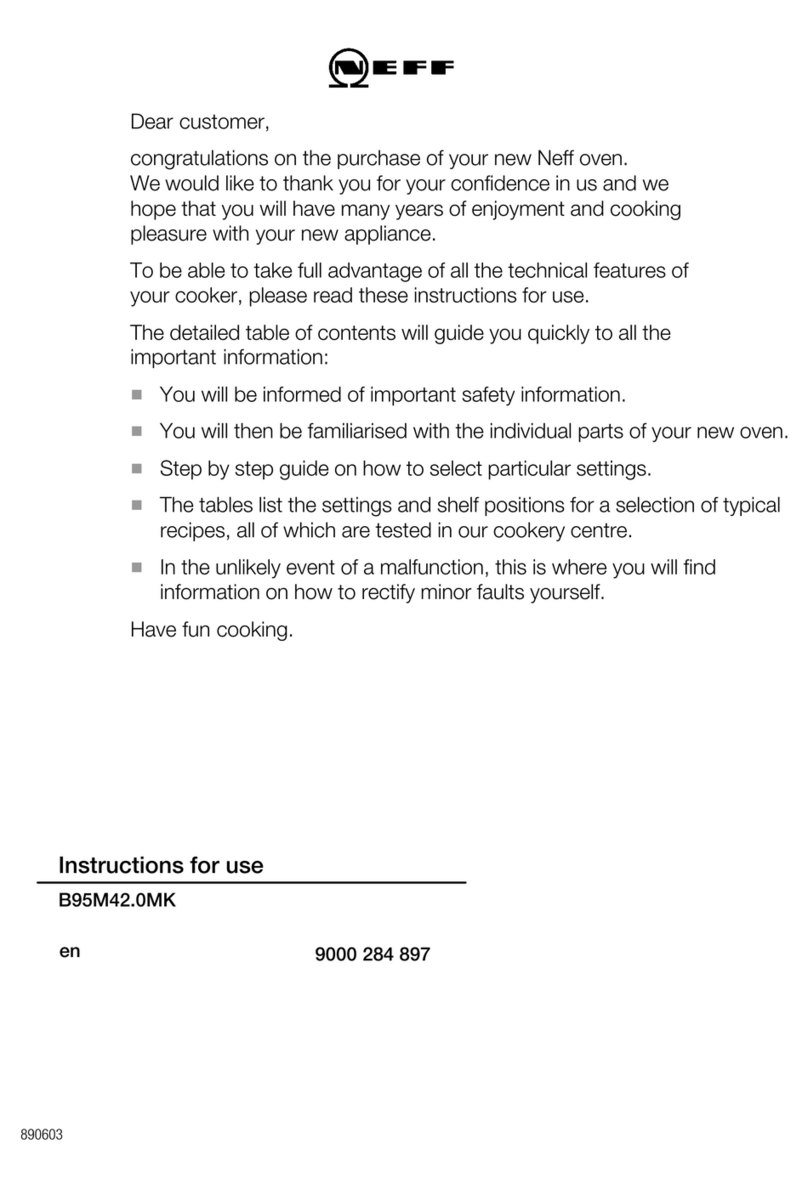
WICHTIGE SICHERHEITSHINWEISE
Bitte beachten Sie die nachfolgend aufgeführten Hinweise, um jegliche Sicherheits-
risiken auszuschließen und Beschädigungen am Produkt zu vermeiden. Lesen Sie
bitte alle Sicherheitshinweise aufmerksam und vollständig durch. Alle Vorgaben sind
unverändert einzubehalten.
VORSICHT: Die gusseisernen Handgriffe, Deckelknopf sowie Tragebügel
können bei Verwendung sehr heiß werden.
VORSICHT: Den Dutch Oven niemals direkt in offene Flammen, sondern
auf Glut stellen.
VORSICHT: Beim Öffnen des Deckels kann heißer Dampf austreten.
Aufgeheizten Gusstopf, Deckel und Tragebügel immer mit hitze-
beständigen und geeigneten Handschuhen anfassen.
• Stellen Sie den Dutch Oven immer langsam auf das Kochfeld und ziehen Sie
diesen nicht über das Kochfeld. Es kann zu tiefen Kratzern in der Oberfläche der
Kochstelle kommen.
• Bei Verwendung auf dem Grill sind die Sicherheitshinweise des Grill-Herstellers zu
beachten.
• Den Dutch Oven nicht auf dem Seitentisch oder Seitenkocher des Grills stellen oder
verwenden. Der Topf samt Inhalt ist zu schwer!
• Stellen Sie sicher, dass der Deckelknopf stets gut angezogen ist und ziehen Sie
diesen ggf. nach.
• Vergewissern Sie sich, dass der Tragebügel richtig eingehängt ist, bevor Sie ihn an-
heben.
• Sollte der Topfbügel zum Aufhängen benutzt werden, vergewissern Sie sich über die
Maximalbelastung der verwendeten Aufhängevorrichtung.
• Um die Emaillebeschichtung nicht zu beschädigen, nur Küchenhelfer aus
Holz, Kunststoff oder Silikon verwenden. Nicht mit spitzen oder scharfkantigen
Gegenständen rühren.
• Darauf achten, dass die Flüssigkeiten aus den Speisen nie vollständig verdampfen.
So wird ein Anbrennen der Lebensmittel und eine Beschädigung des Kochgeschirrs
oder der Heizquelle verhindert.
• Lassen Sie den Topf nie unbeaufsichtigt und halten Sie Kinder und Haustiere vom
heißen Topf fern.
• Den heißen Topf immer auf eine hitzebeständige Unterlage stellen. Nie direkt auf
einen kalten Untergrund abstellen, um Rissbildungen zu vermeiden.
• Den Dutch Oven nicht fallen lassen oder anschlagen, da Gusseisen ein sprödes
Material ist, das zerbrechen kann oder Risse bekommt.
• Den heißen Topf niemals mit kaltem Wasser abschrecken. Der Topf könnte bersten!
• Falls es zu einem Fettbrand kommen sollte, diesen niemals mit Wasser oder
wasserhaltigen Flüssigkeiten löschen! Bitte verwenden Sie eine Löschdecke oder
den Deckel des Kochgeschirrs.

